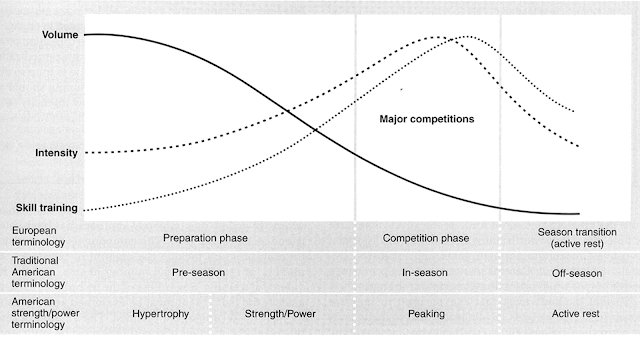The maturation and remodeling phase is the final stage of the tissue healing process, following the fibroblastic repair phase. This phase, also known as the remodeling phase, involves the refinement and strengthening of the newly formed tissue. It plays a crucial role in restoring the tissue to its optimal function and structure, often over an extended period. Understanding this phase can provide insights into how tissue healing evolves and how to support recovery effectively.
The Transition to Maturation
The maturation and remodeling phase begins once the initial tissue repair processes, such as collagen deposition and granulation tissue formation, are underway. This phase can last for months to years, depending on the extent of the injury and the tissue involved. The primary objective during this phase is to refine the repair tissue, improve its strength, and restore its function.
Key Processes in Maturation and Remodeling
Collagen Remodeling: One of the most significant events in this phase is the remodeling of collagen. Initially, the collagen fibers deposited during the fibroblastic repair phase are relatively disorganized and laid down in a random pattern. During the maturation phase, these fibers are reorganized and aligned along the lines of tensile strength. Type III collagen, which is initially prevalent, is gradually replaced by the more robust Type I collagen. This transition enhances the mechanical strength and durability of the tissue.
Reduction of Extracellular Matrix (ECM): As the new tissue matures, the ECM, which provides structural support, is also remodeled. The initial ECM is rich in proteoglycans and glycosaminoglycans, which are gradually replaced by a more organized matrix with higher collagen content. This remodeling improves the tissue's structural integrity and functional capacity.
Wound Contraction and Tissue Strengthening: Wound contraction, which begins in the fibroblastic phase, continues during maturation. Myofibroblasts play a crucial role in this process by contracting and drawing the wound edges together. Concurrently, the newly formed tissue undergoes further strengthening and alignment, increasing its resistance to mechanical stresses.
Vascular Remodeling: The density of blood vessels in the repair tissue decreases as the tissue matures. The initially high vascularity, necessary for early healing, is reduced to a level more in line with the normal tissue architecture. This process helps to normalize blood flow and reduce the risk of complications such as excessive bleeding or fluid accumulation.
Factors Influencing Remodeling
Several factors can influence the effectiveness of the maturation and remodeling phase. These include:
Mechanical Stress: Appropriate mechanical stress through controlled activity and exercise can enhance collagen alignment and tissue strength. Conversely, excessive stress or immobilization can negatively affect tissue remodeling and function.
Nutrition: Adequate nutrition, including proteins, vitamins, and minerals, is essential for collagen synthesis and overall tissue repair. Deficiencies can impair the remodeling process and delay recovery.
Health Conditions: Chronic diseases, such as diabetes or vascular disorders, can affect the remodeling phase by impairing collagen production and tissue repair. Managing these conditions is crucial for optimal healing.
Supporting the Remodeling Process
To support the maturation and remodeling phase, several strategies can be employed:
Rehabilitation: Engaging in physical therapy or rehabilitation exercises helps improve tissue strength, flexibility, and function. Tailored exercise programs can promote proper tissue alignment and prevent complications.
Wound Care: Continued care of the healing tissue, including protection from excessive friction or pressure, is essential for preventing complications and ensuring optimal remodeling.
Monitoring and Evaluation: Regular monitoring by healthcare professionals can help assess the progress of healing and make necessary adjustments to treatment plans.
Conclusion
The maturation and remodeling phase is a critical component of tissue healing, focusing on refining and strengthening the newly formed tissue. Through processes such as collagen remodeling, ECM reorganization, and vascular adjustments, the tissue gradually regains its function and resilience. Understanding and supporting this phase through appropriate care, nutrition, and rehabilitation can significantly enhance healing outcomes and restore tissue integrity. By addressing factors that influence remodeling and providing targeted interventions, it is possible to achieve optimal recovery and maintain long-term tissue health.
